|
LEON-SERPOLLET WINS BEXHILL SPEED TRIALS 1902. Leon Serpollet taking a trial spin at Bexhill. When Mr. J. H. G. Hamilton, to whom we are indebted for the photograph, "snapped" the car, it was going at about fifty-two miles per hour. Autocar 07.06.1902, P.600 1902 If you look closely at the 19.05.1902 Trial Bexhill publications, it is apparent that Leon Serpollet used two different cars. Why did it happen? Having studied the reports of the day I can now share my findings. 1902. New racing car Gardner-Serpollet 120 bhp. This car was longer than the Nice race car. External differences are also another front fairing near the springs, triangles on the doors, a wider seat. This car was not an Easter Egg. The Motor-Car Journal 31.05.1902 1902. Racing car Gardner-Serpollet 12 hp (45 bhp) from Nice. This car was an Easter Egg. Photo Jules Beau A view of the track from the summit of Galley Hill. This hill is 155 yards long. The cars started from the top and were timed from a point at the bottom where a board was exhibited bearing the word " Start. ' The point marked X is the Chalet, on the top of which was a telegraph board on which the numbers of the various winners were exhibited, and X X indicates the position of the Hotel Sackville. A broad tape was nailed down the center of the course at intervals. The first automobile races which can be said to have taken place in this country were run at Bexhill-on-Sea under the auspices of the Automobile Club on Monday last. Although nothing approaching them has hitherto been held in this country, they were an unqualified success and were, without any question, appreciated by the public. The fact that races have been run on numerous occasions on the Continent could not be taken any indication of the probable success of such events in this country, for the majority of those whose opinions make or mar had taken but a slight interest, if any, in the Continental speed trials of the last few years. The proceedings, therefore, were naturally of a somewhat experimental nature, and their success was not a foregone conclusion, although the great interest shown of late in automobilism in this country might fairly be taken as a favorable augury. The races at Bexhill must now be considered not only a success but as the first of a large number of future brilliant functions of a similar character. Foe very fact of a trial of speed being run off in the heart of an English town and forming the chief attraction during a holiday season shows that public opinion on the subject of the speed of motor cars is decidedly more liberal than it was a few years back. The track itself was specially built by Lord De la Warr on his estate at the request of the Automobile Club, and the Club has arranged for the sole right of holding similar events on this track. The De la Warr estate forms the eastern portion of the town and is bounded by a considerable length of foreshore. The road which forms the seafront enters the estate through large gates, and it is this road which constitutes the latter portion of the course, the finishing point being some 2co yards from the gates. The special track is continued eastward, keeping close by the seafront, and it has been carried along to the top of the Galley Hill, a distance of nearly a mile from the entrance gates. The Sackville Hotel lies back from the track and is built on a somewhat higher level, its situation being about 300 or 400 yards from the gates. From this point an additional road runs on the landward side of the track to the foot of Galley Hill, this portion of the track itself is ordinarily used as a speedway for cyclists and others. This view shows the track between the finishing point and the Chalet X, and also the curve at this part, and the unfortunate fact that the camber of the road is in the wrong direction, so that any tendency to sideslip is increased. X X is the tower of the Hotel Sackville. The track, which has an excellent graveled surface, is well-made and well-drained, and although it is somewhat heavy when thoroughly wet, yet the chances of side-slip are very small. From the top of Galley Hill, in the direction in which the cars ran, there is a descent of some 160 yards, which has a gradient of about 1 in 12. This hill not only enabled the competing vehicles to attain a fair speed before passing the starting line, but added considerably to the interest of the races, owing to the fact that he starting cars, with their white number cards in front, were visible to the majority of the spectators along the entire route, and that they're first down the track could be watched from a distance. The descent is not sufficiently long to enable cars to attain full speed before star the kilometer course, and some allowance must certainly be made for this when considering the results. From the bottom of the hill to the Sackville Hotel is comparatively level and straight, the one apparent curve being, in reality, more a deviation of the footpath and railings than of the road itself. The Sackville Hotel the road curves considerably to the finishing point, and it was this portion of the track which caused a certain amount of anxiety to the officials and the competitors before the event. In reality, the curve did not appear to present any element of danger, although it is probably that many of the speeds recorded are less than they would otherwise have been if the roads had been straight at this point. Those cars which travelled over it at a high rate of speed showed no serious signs of sideslip, although several drivers slackened speed perceptibly before taking the curve. The finishing point was about 220 yards from the gates which separate the private road from the town, and this was at first thought to be somewhat too short a distance for the fastest vehicles to pull up in, although, as events showed, the distance was in most cases sufficient. The one drawback to the Bexhill meeting was the weather, and this was a serious one. Rain and hail storms, strong winds, and cold air prevailed during the greater part of the Whitsuntide. Even during the bright intervals greatcoats and wraps were necessary for comfort. On Saturday and Sunday, a considerable amount of rain fell, and a very strong wind was blowing from Beachy Head. On Monday it veered round to a more northerly direction, growing at the same time considerably colder, and becoming less useful for drying the track. AMJ 24.05.1902. P.140. Arrival Leon Serpollet and his wife in Bexhill 18.05.1902 in a new racing car. The headlights and condenser tubes underneath will be removed before the race to make the vehicle lighter. Leon Serpollet and his wife arrived at Bexhill 18.05.1902 on the new racing car Gardner-Serpollet 120 break hp (bhp). This car was longer than the Nice race car. External differences are also another front fairing near the springs, triangles on the doors, a wider seat. Weight was less than 1000 kg. The competition began on Monday 19.05.1902 with paired races of cars from the Tourist section. In the steam car category, A.J.Dew won with a Gardner-Serpollet 6 h.p. with a result of 48.2 seconds. MCJ magazine estimates the actual capacity was 20 b.h.p. The tourist races had been enlivened, it may be added, by interludes on the part of M. Serpollet and Baron Henri de Rothschild, who were allowed to make trial trips with their respective racing cars before actually competing. The whizzing flight of M. Serpollet's car startled the crowd considerably and was the first intimation of the live lier performances that were to be expected from the races in the speed section (The Car 28.05.1902).time he sped past on top speed state, were let for the purpose. " (AMJ 05.24.1902). However, despite the fire, Serpollet showed the absolute best time to travel a kilometer in 41.2 seconds, which corresponded to a speed of 87.79 km / h. The Gardner Serpollet car, which set a speed record in Nice and was unofficially named Easter Egg, was sold in England for 55,000 francs. This car was shown at the the auto show in Agricultural Hall and then sold for 80,000 francs (Automobile Topics. 10 05 1902). The new owner was Mr. Creyke of Oxford. Mr. Creyke arrived in Bexheal in this car. He lent his car to Leon Serpollet to re-run after the fire of a new racing car. But the results of the re-run were worse, only 43 seconds. Therefore, the official result was the time it took to travel a kilometer on a new car. Second place in the Speed section category steam cars was taken by L. Perry-Keen in a Gardner-Serpollet 6 h.p. - 57.6 seconds. 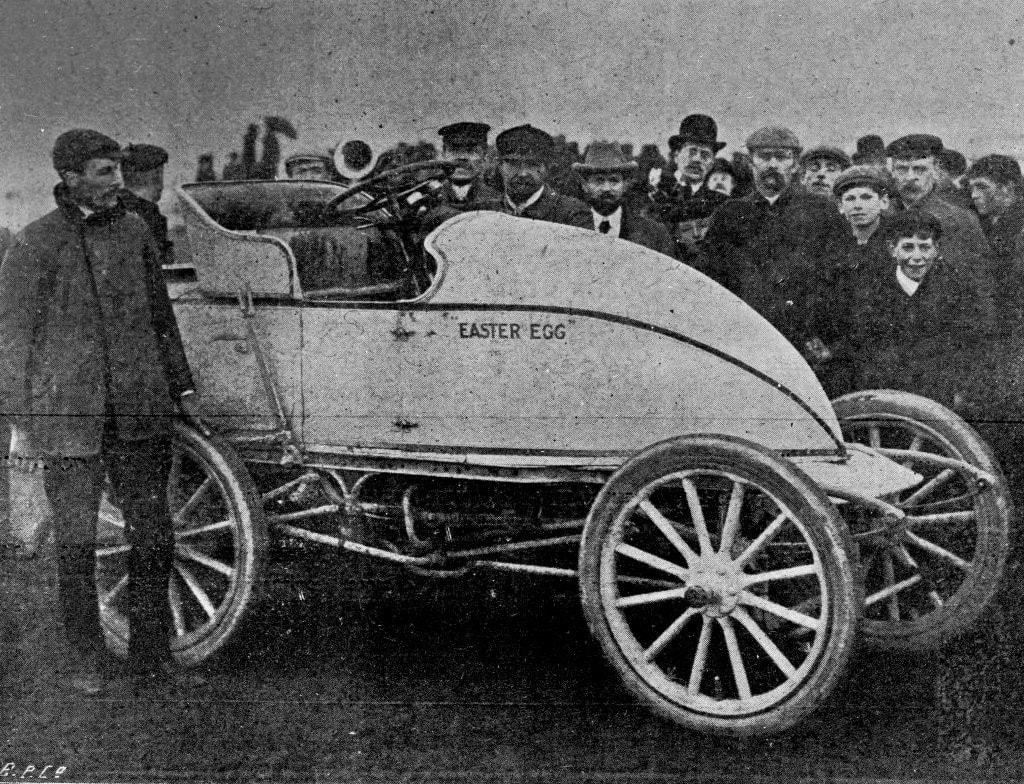 Mr. Craik and his car in Bexhill. The inscription "Easter egg" appeared already in England. Thus, Leon Serpollet participated in the same competition in two different cars, which, since 1902, were often confused in the press .Leon Serpollet and Mr. Montague pose in Mr. Craik's car.
I, Vasily Shishka, am writing the book “Cars of Leon Serpollet”. The main consultant to this book, as well as the initiator of its writing, is Chris Wedgwood, a man with steam in his blood, a steam engineer and car restorer. Chris and I spent many evenings chatting, trying to figure out the different nuances of Serpollet cars. The second consultant is a wonderful French archivist, author of books on the history of French motorcycles, Didier Magister. Invaluable help is provided by people from different countries who collect important information bit by bit: Alexander Kulchitsky, Dan Soudey, Davide Grappolo, Henk Schuuring, Thomas Ulrich, Umberto Voltolin, Fred Korthals, Daniel Ward, Tobias Ward, Goupil Dubois, Pierre-Jean Desfossé, Pascal Le Poder, Laurent Zoller, Michael Hortig, Jos-Pierre Wantz, James Wood, Stanislav Kiriletz, Rustam Bikbov, Ivan Ponomarenko, Davide Lorenzone, Bocha Balboni, Alekse and etc. Thank you all so much! We ask for help from all people interested in preserving the global automotive history in the form of digital copies of brochures, family photographs and instructions for using Serpollet cars.
0 Comments
Leave a Reply. |
Archives
December 2022
Categories
All
|
|
|
Steam Car Network functions as a resource for all steam car and steam bike enthusiasts. The website is constantly updated with articles, events, and informative posts to keep the community alive and growing. Feel free to contact us if you have any questions or concerns at the email address below and we will promptly reply.
[email protected] |

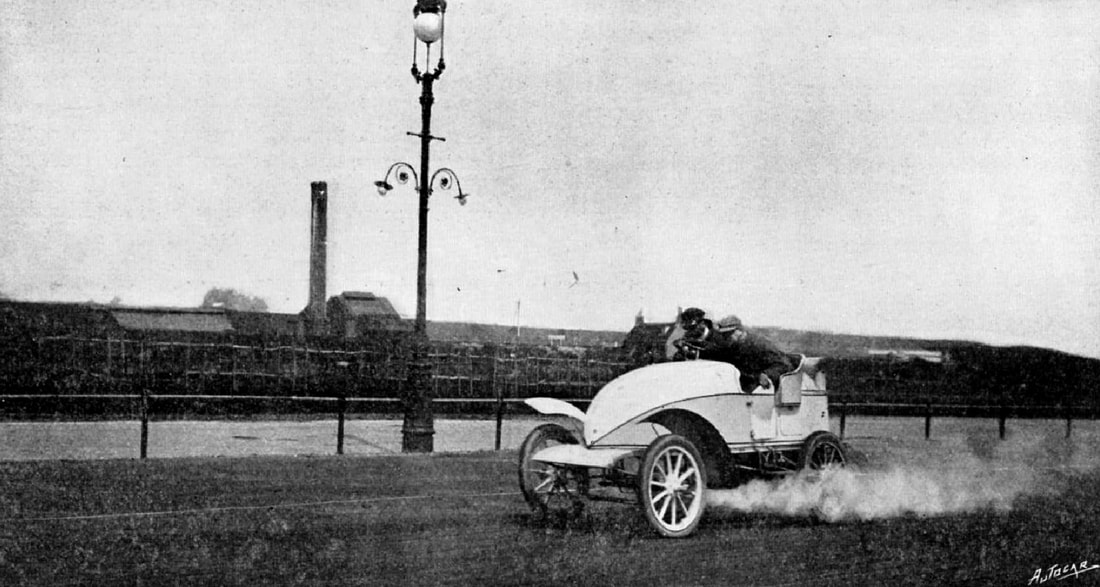
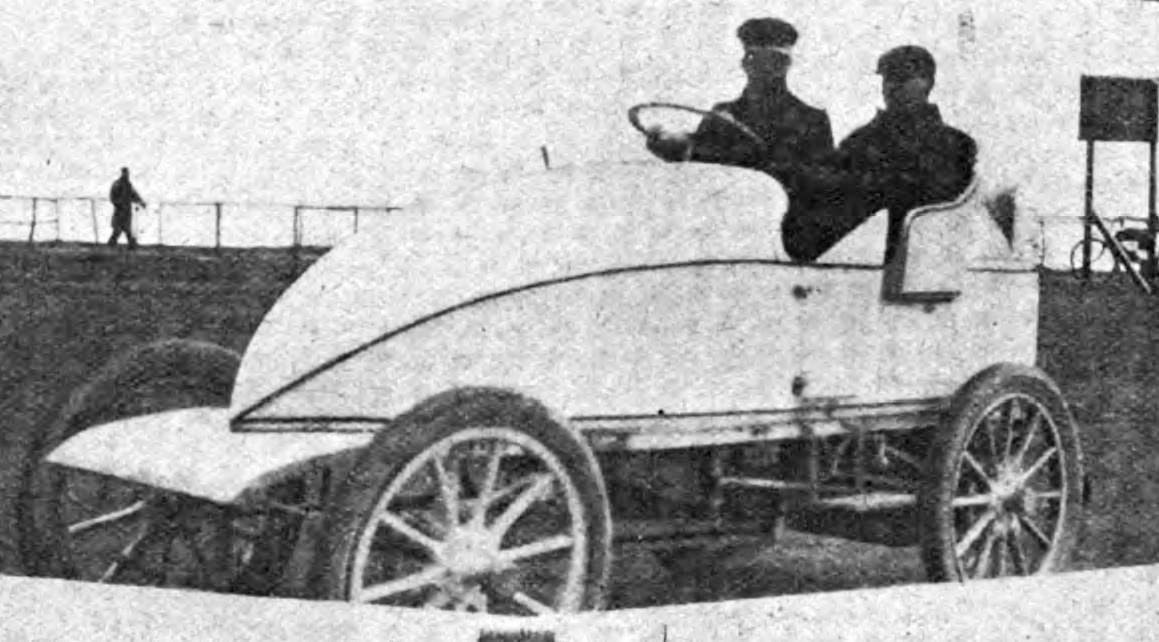
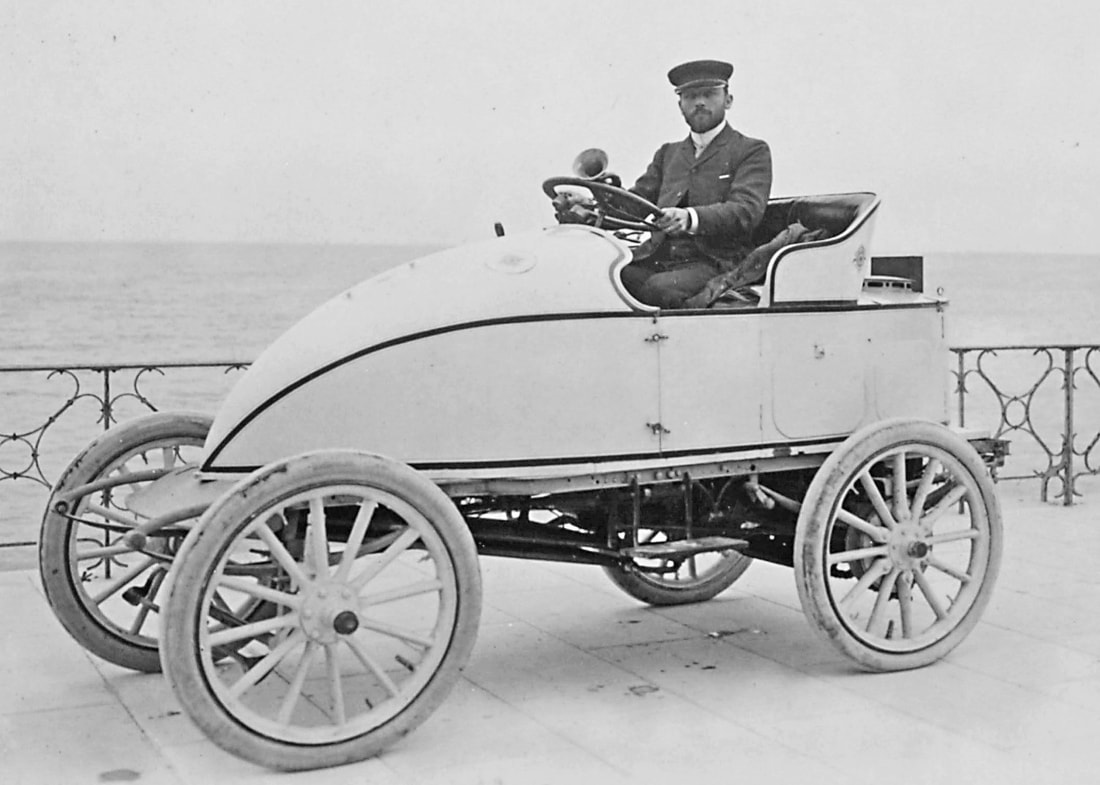
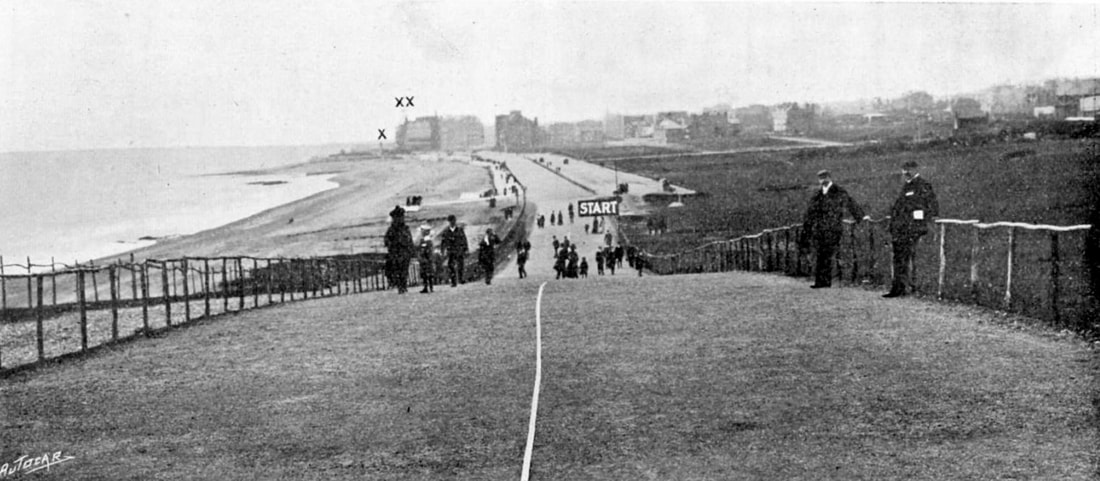
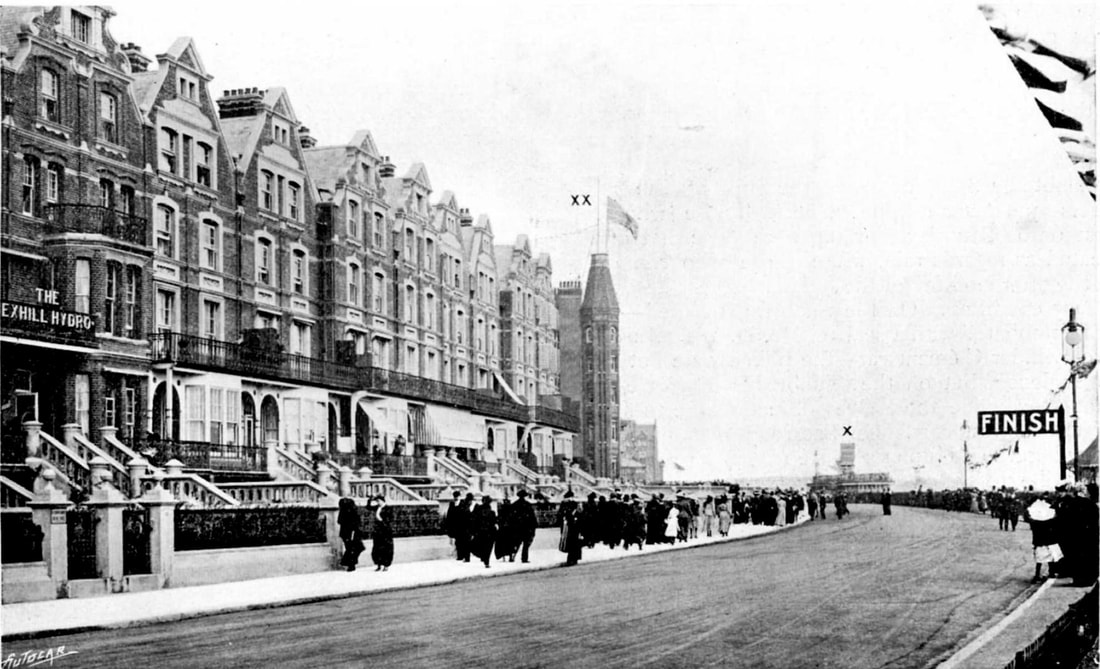
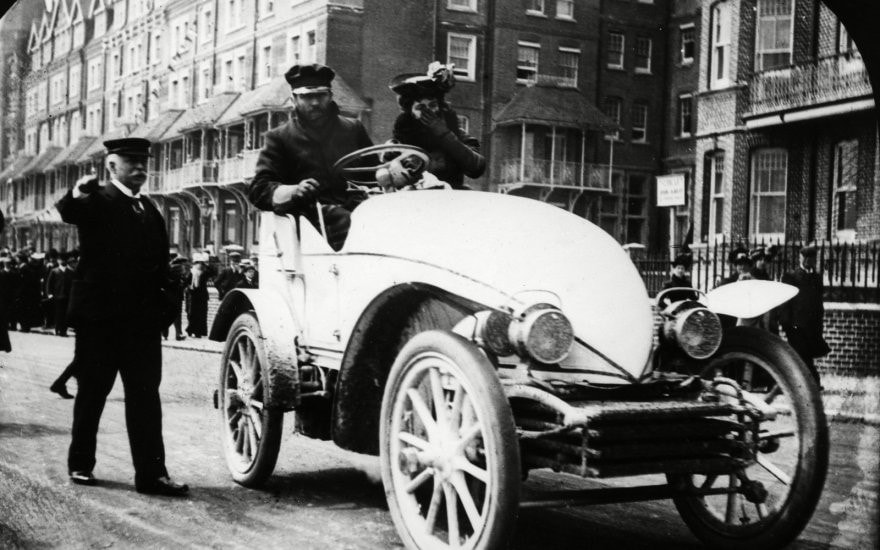
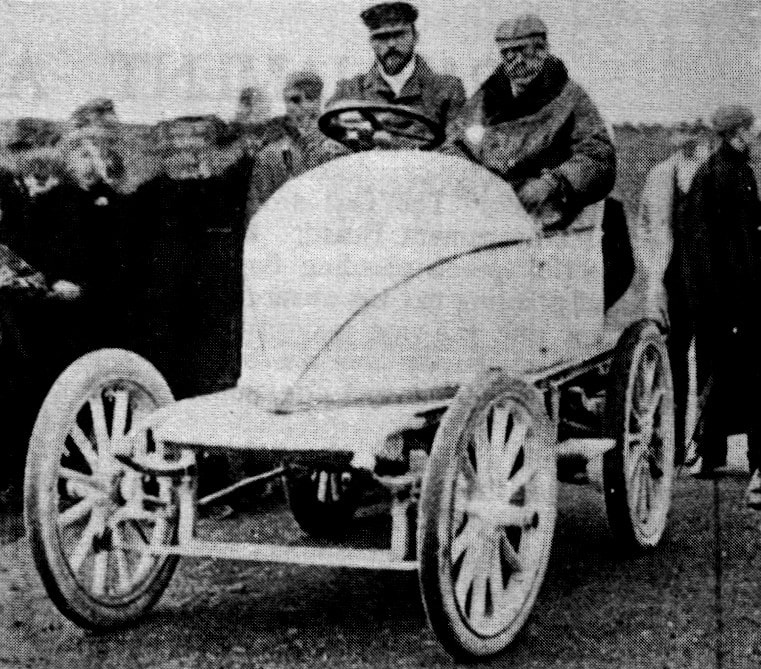

 RSS Feed
RSS Feed
